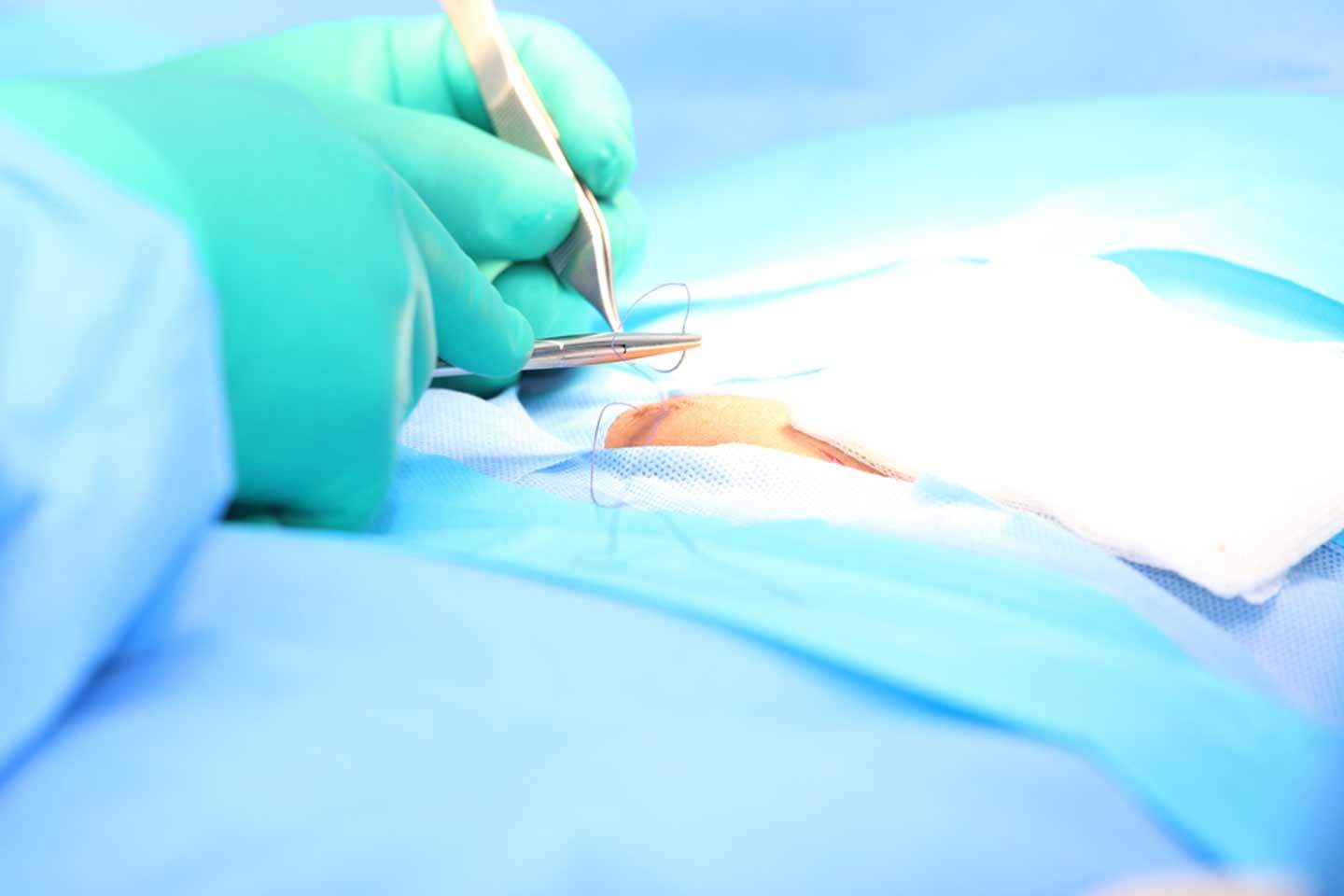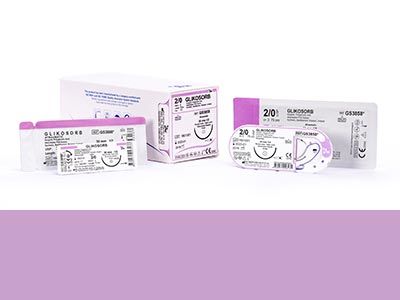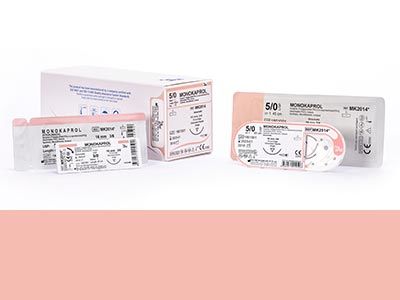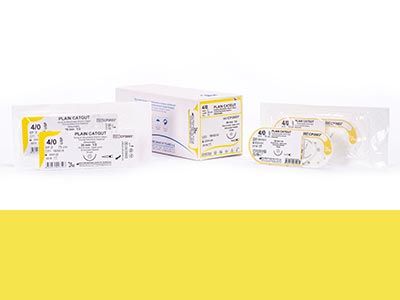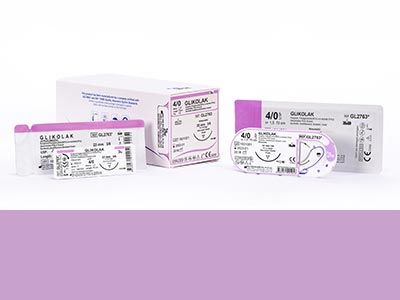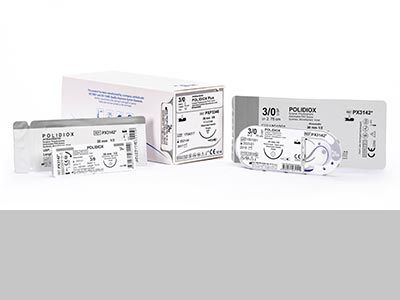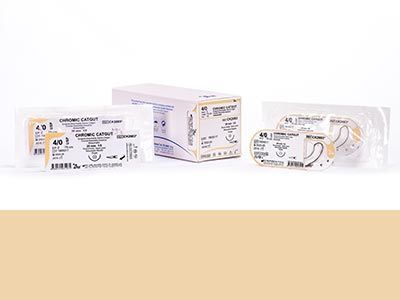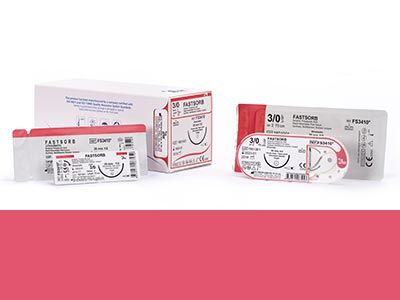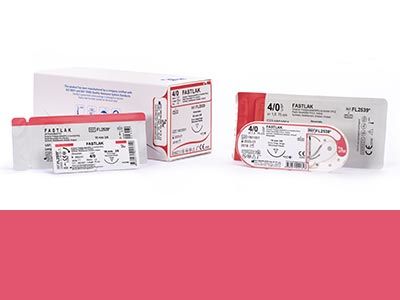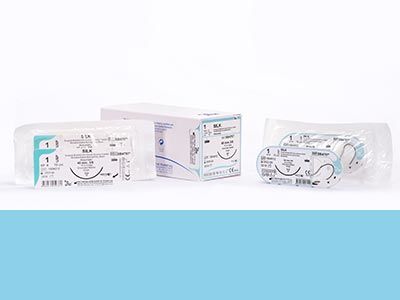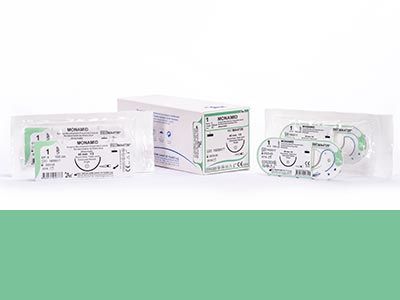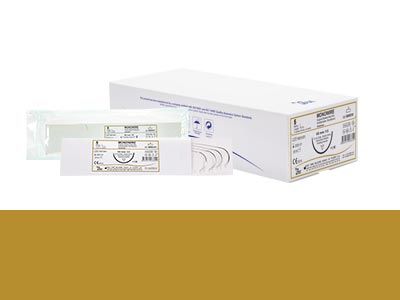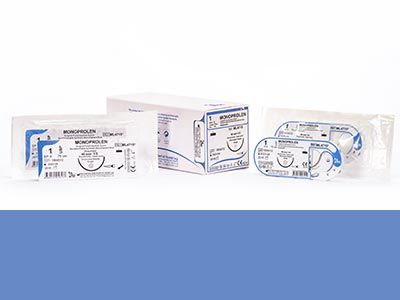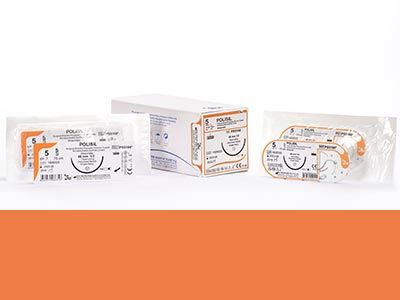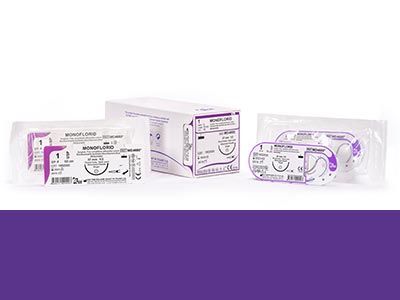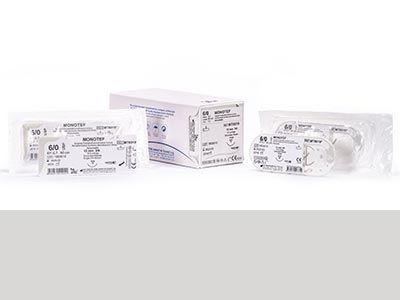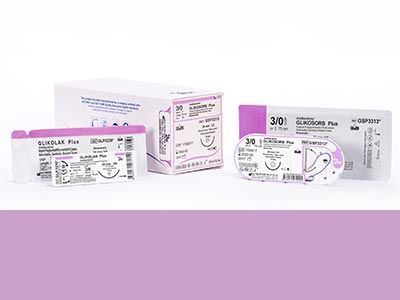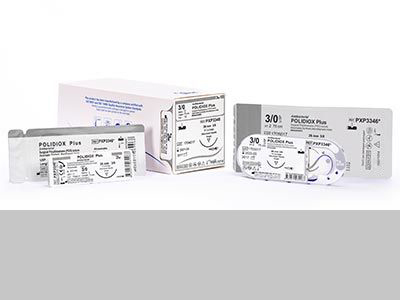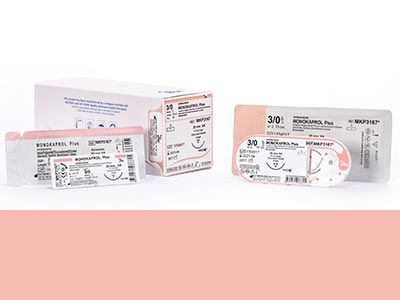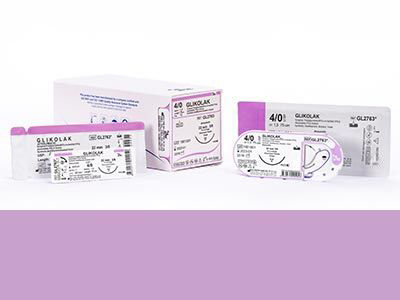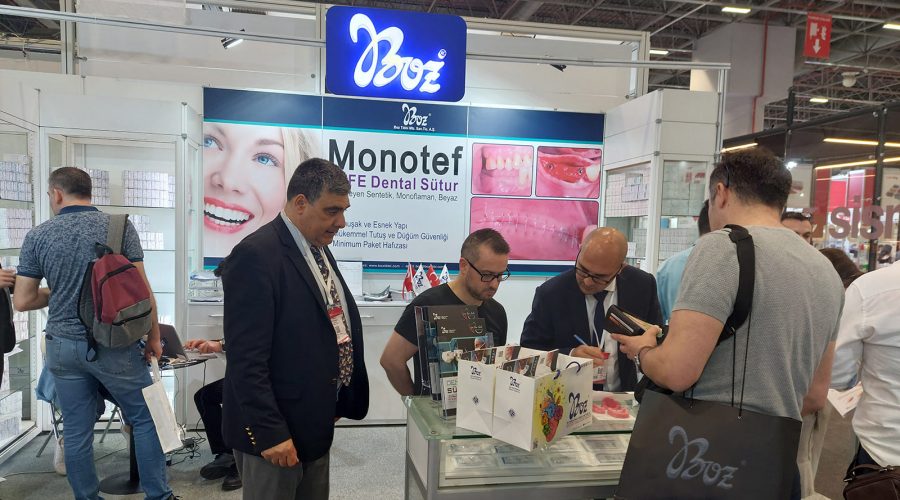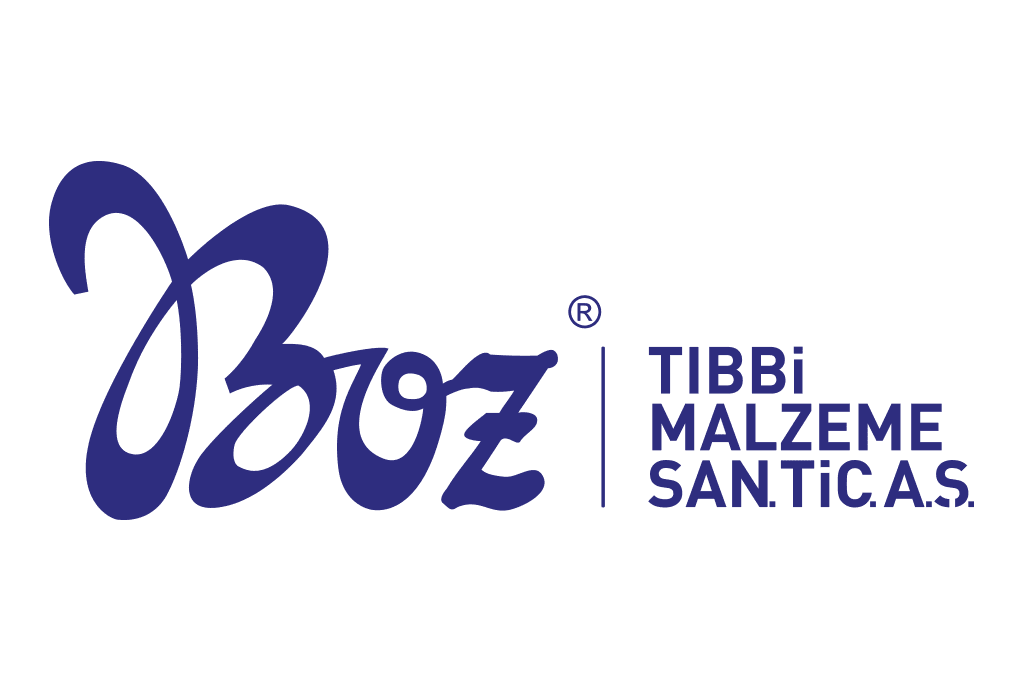Selecting appropriate sutures may depend on biological structure of the wound and anatomic localisation. Suturing is a surgical procedure that has been applied for 4000 years. South American Indians used the heads of the war ants as a pincers for suturing. Ancient Greeks used the sharpened horse tail that connects the bones. This surgical material that has been used for 4000 years from past to present is still the indispensable material of the medical surgical interventions. With increasing technological opportunities, today’s sutures have more ergonomic structure.
Surgical incisions can best the closed with the sutures. The materials required for suturing are needle, thread and surgical instruments. Needle holder, scissors and forceps are sufficient for suturing. We will not talk about this equipment in this article. You can view our article about necessary materials and equipment for suture usage from here.
Correct suture material selection is the key for success in dermatologic surgery. The operation type, localisation and the experience of the dermatologic surgeon are the important factors in this selections. In recent years, thread and needle are connected with technology. This way, the thread no longer folds on the needle and this prevents further tissue damange.
Suture Materials
I. Suture Needle
Surgical needles have three separate sections. These are tip, body and grip. The needles are classified for the tips as well.
Generally sharp needles are used in dermatologic surgery. Reverse sharp needles can be used in thin skin that might be ruptured easily. The body of the needles (approximately 1/3 in the middle) are held by the needle holder. The body could be round, oval or triangle. The last 1/3 part of the needle that has the thread is the softest and most sensitive region. This section must not be held with the needle holder.
The needles are like the arc of a circle. This arc is named after the area it covers on the circle. For example, 1/2 (generally used for internal sutures), 1/4 and 3/8 for 135 degrees are used for naming.
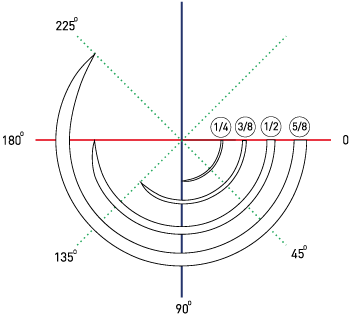
II. Suture Thread
Suture threads are divided into two main groups:
As the name suggests, absorbable sutures are absorbed in the tissue. The absorption time depends on the suture type. The non-absorbable types are not absorbed by the tissue.
The second distinction for the suture is being monofilament or multifilament. While monofilament sutures contain single thread, multifilament sutures contain multiple threads. Knots with multifilament are stronger and do not get untied easily. But the tissue reaction and microbial colonisation risks are higher.
The needle diameters and tension resistances are standardised. The diameters are especially calculated for number of “0=zeros”. The suture is thinner as the number of zeros increase. There are two different measurement types for suture width. One is American Pharmacopeia and the other one is European Pharmacopeia.
Sutures have a wide range of usage area. Sutures can be used in different field including gastrointestinal surgery, gynaecology, urology, ophthalmalgia surgery, orthopaedics, pediatric surgery, skin reconstruction, intracutaneous, subcutaneous, abdominal wall repair, plastic surgery, and pediatric cardiovascular tissues.
Suture Types
All surgical sutures manufactured by Boz Medical have a wide usage area. You can view the surgical suture below and create your order demand for your needs.
Absorbable Surgical Sutures
GLIKOSORB
Polyglycolicacid (PGA)MONOKAPROL
Polyglycolide-co-caprolactone (PGCL)PLAIN CATGUT
Absorbable Catgut SutureGLIKOLAK
Polyglycolide-co-lactide (PGLA)POLIDIOX
Polydioxanone (PDO)CHROMIC CATGUT
Absorbable Catgut SutureNon-Absorbable Surgical Sutures
Antibacterial Absorbable Surgical Sutures
Boz Medical has been the pioneer of numerous first steps in Turkey in medical material manufacturing with 70-years of experience. With the manufacturing and marketing experience, the company suppliers the products manufactured in Turkey to the world. You can click here for your surgical suture orders. Our sales and marketing team will be happy to answer your needs and questions.

